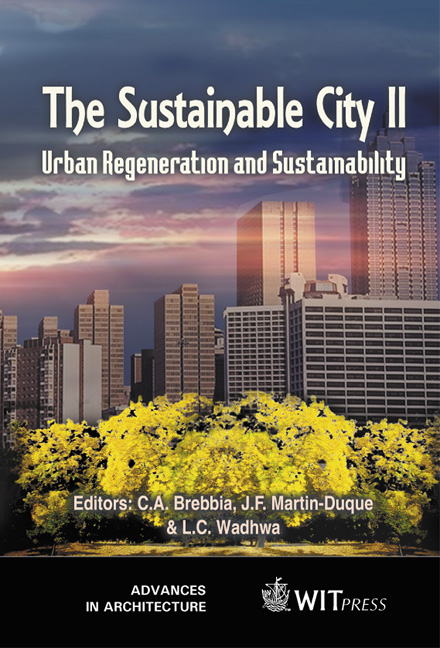Shrinking History
Price
Free (open access)
Transaction
Volume
54
Pages
Published
2002
Size
684 kb
Paper DOI
10.2495/URS020411
Copyright
WIT Press
Author(s)
W van der Toorn Vrijthoff
Abstract
The population of European cities will grow considerably in the coming decades, mainly due to immigration. The decline of average housing occupancy will continue. At same time, the space requirement per person will increase. These trends combine to produce a strong increase in the total claim on space in the city. The urban area will thus expand. The more the area of the city as a whole expands, the more the historic city centre area shrinks relative to it. Introduction Demographic changes, rising incomes and mobility, and increasing leisure time, all contribute to deteriorating accessibility in Europe's inner cities. More people with more cars are trying to spend more time in the centre in order to spend more money there. This generates so many problems at present that alternatives are being sought for intensification of use of the inner city areas. If the existing urban area is to be better utilised, and opportunities must therefore be sought for increasing density and more intensive utilisation, then the city centre is the least suitable location to apply that strategy. The area of the city centre represents merely a few percent of the total spatial claim of the city as a whole. Increasing the density of that area makes scarcely any contribution to better utilisation of the city as a whole, but it does have a serious impact on the inner city quality. Historical qualities are generally impaired, and these cannot be restored once destroyed. There is a potential conflict between the need for restructuring and renewal of the inner cities and a well balanced maintainance of our cultural heritage. This paper will focus on the possible future function of the historic city centre of the European cities.
Keywords





